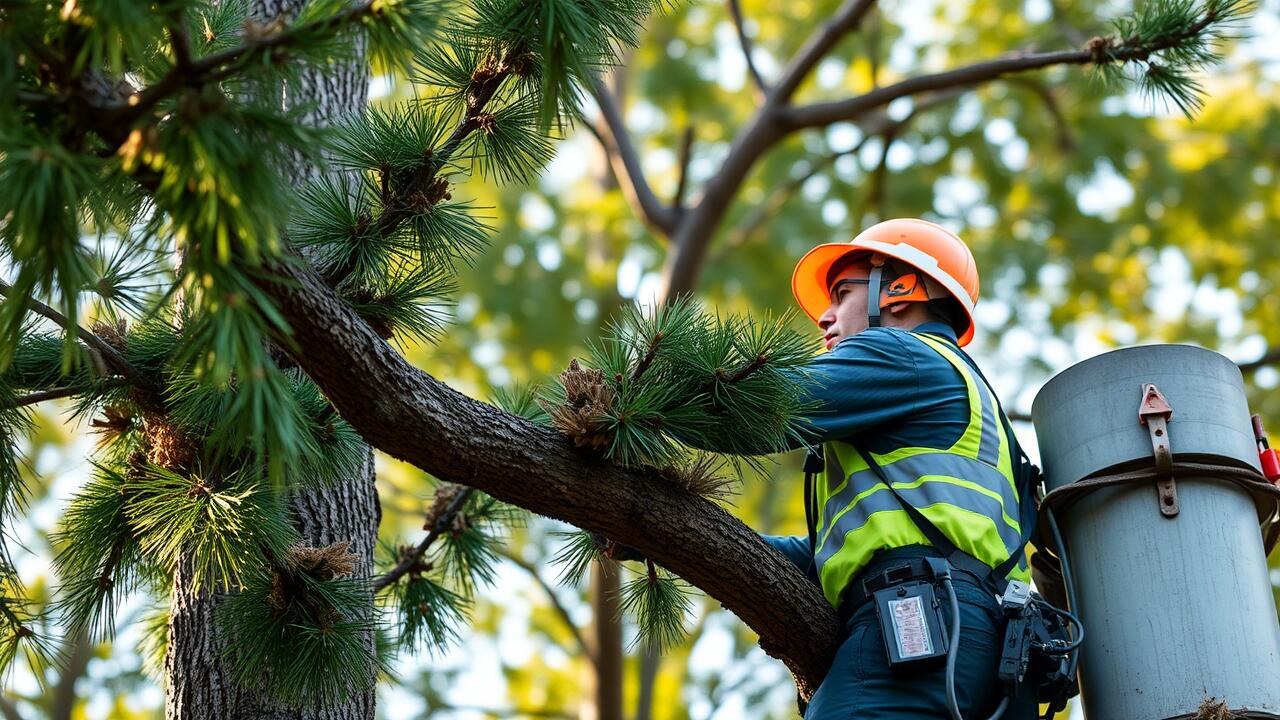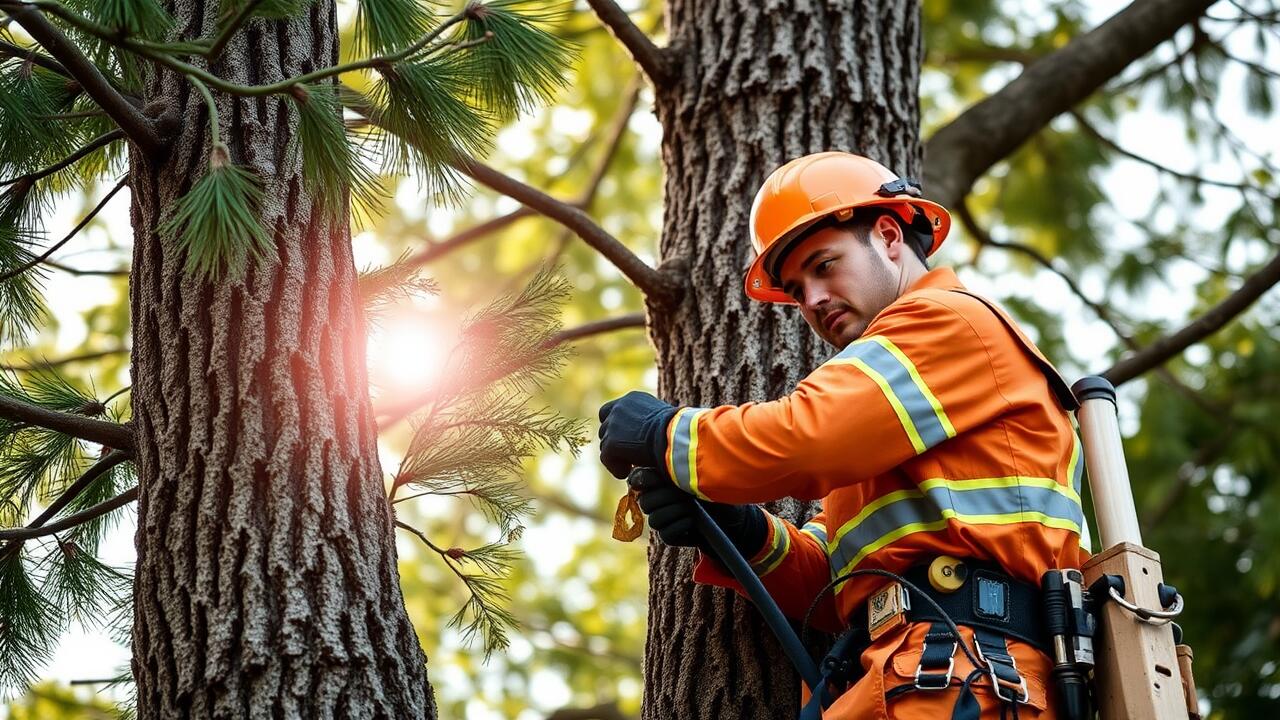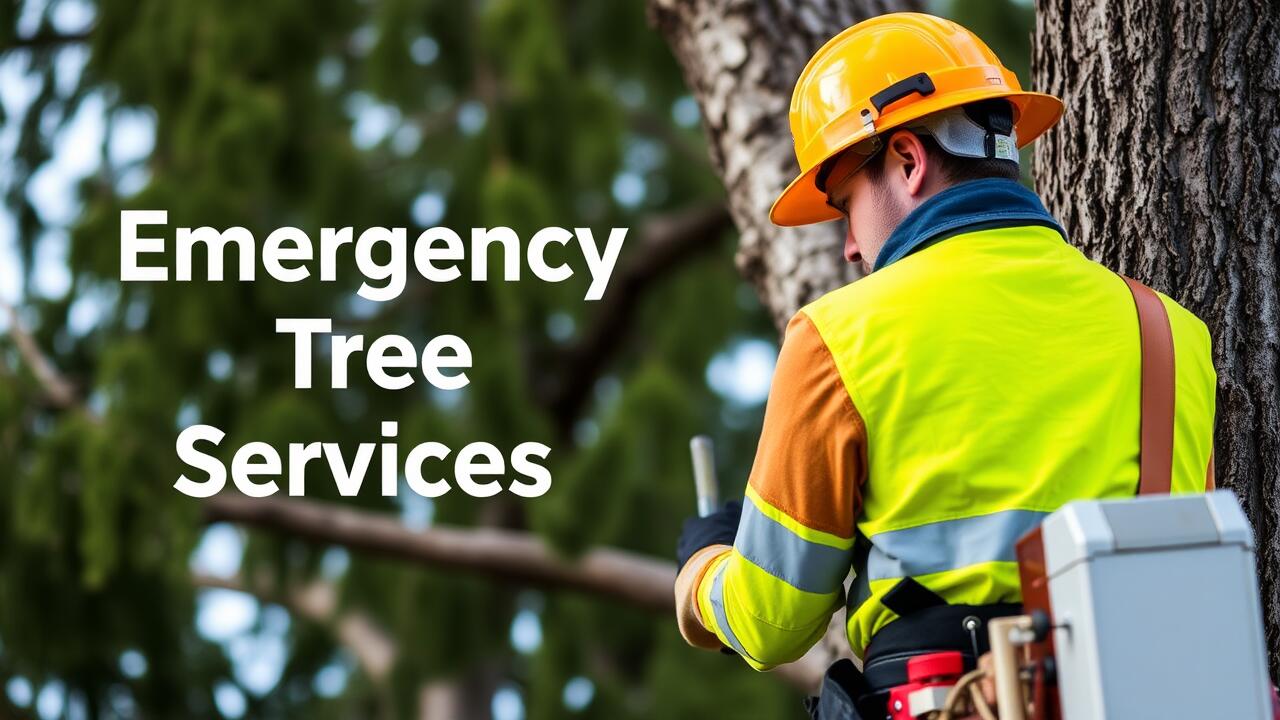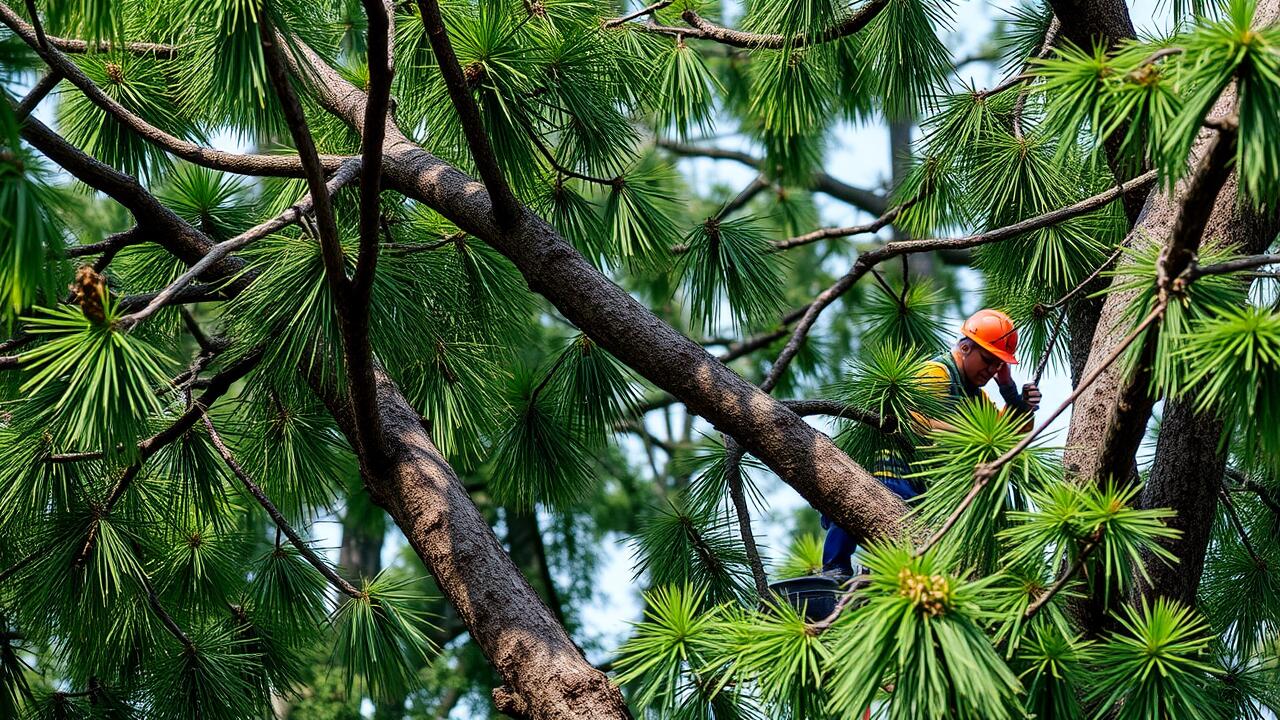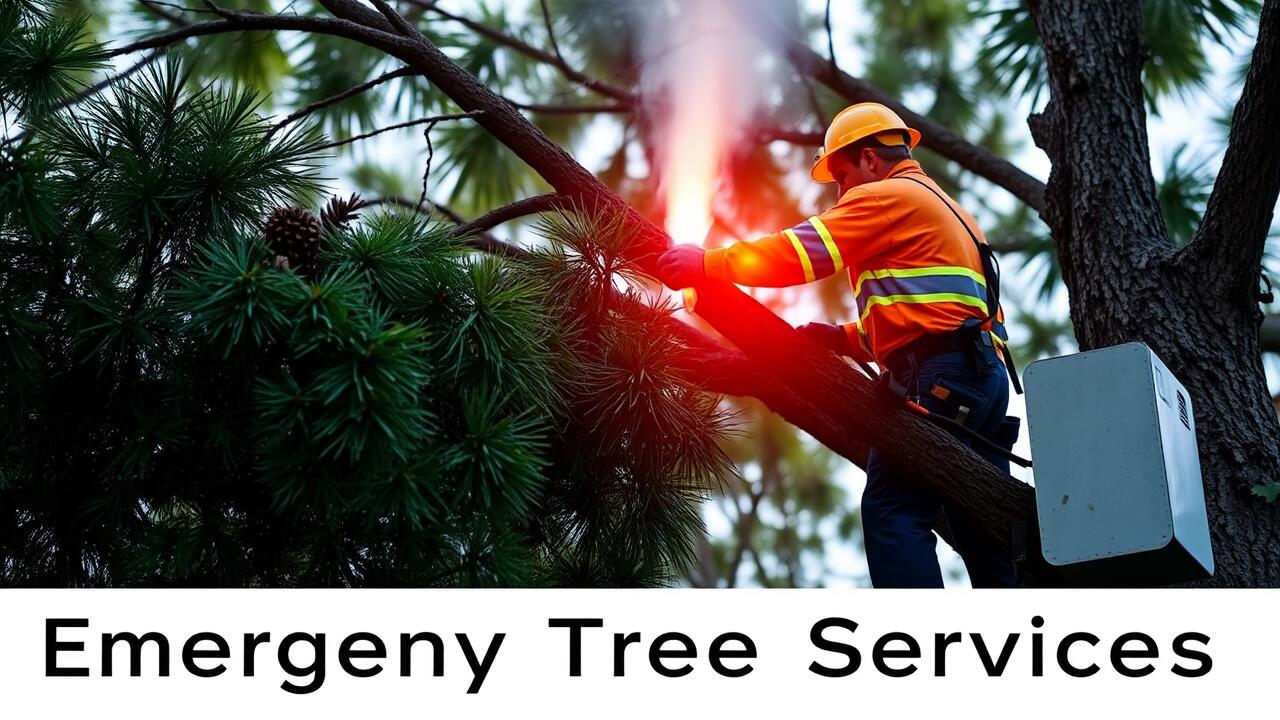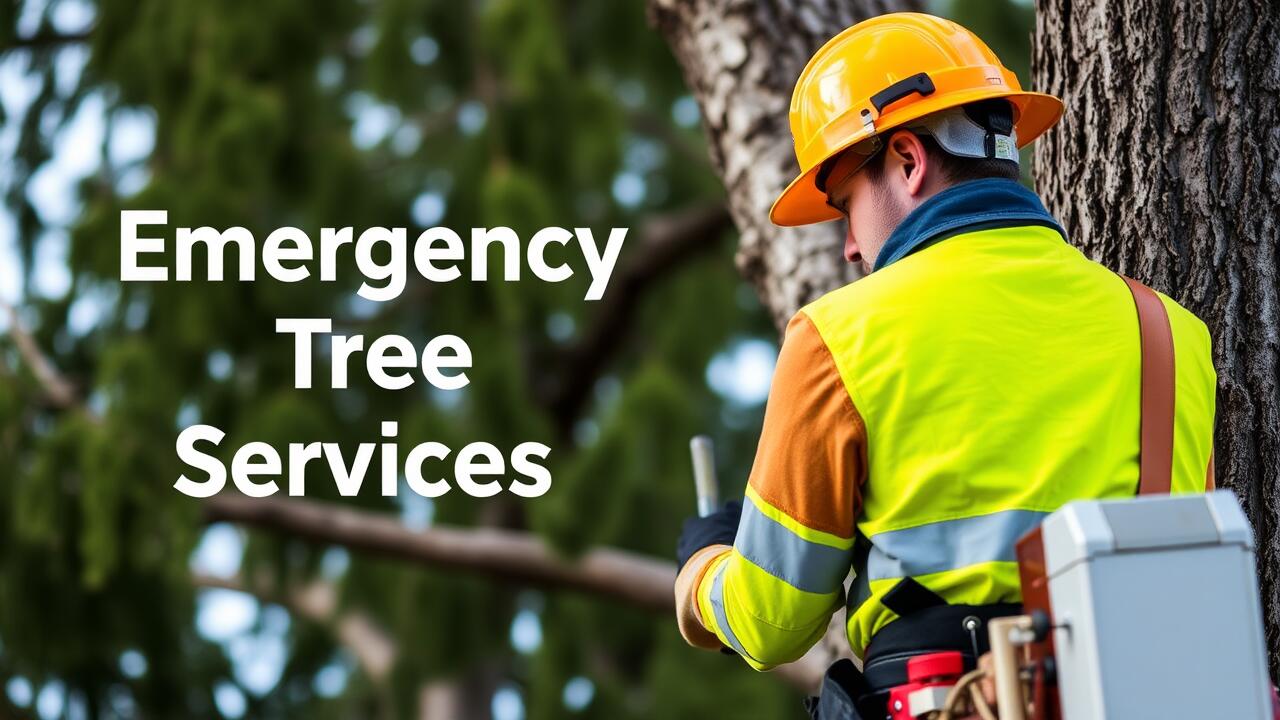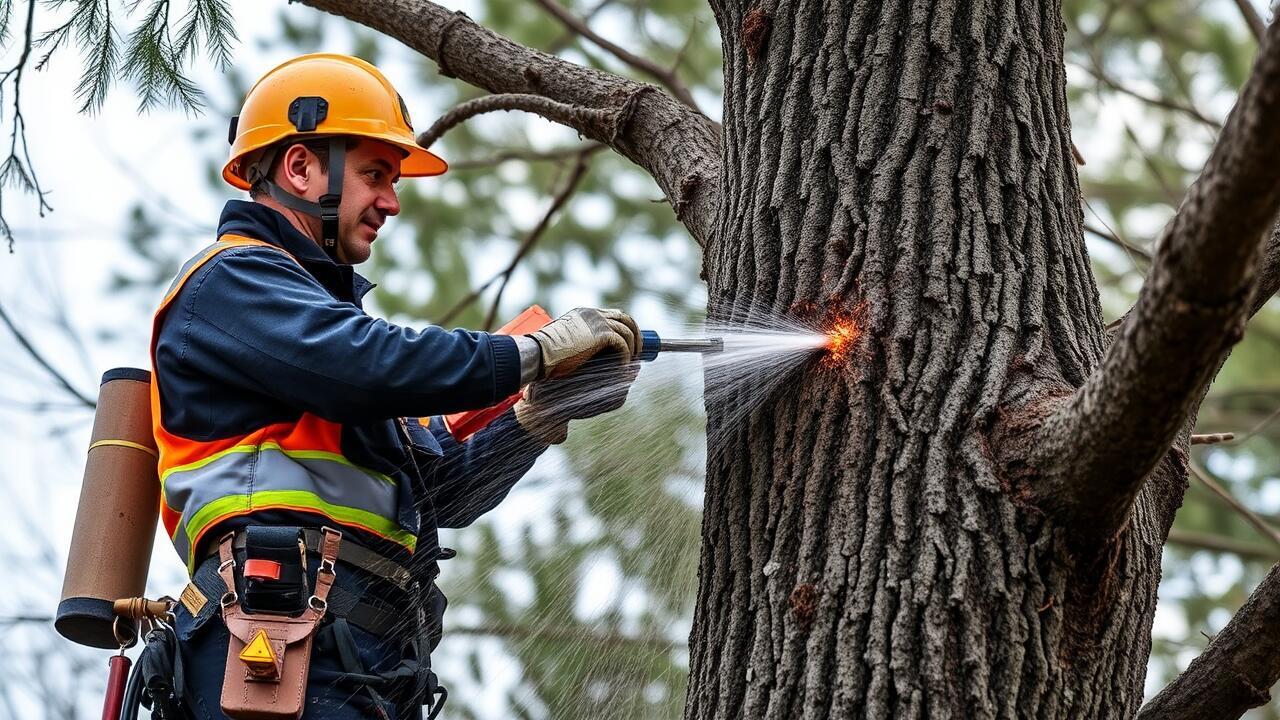
DIY Tree Risk Assessment
Performing a DIY tree risk assessment allows homeowners to identify potential hazards posed by trees on their property. Begin by examining the overall health of the tree. Look for signs of disease such as discoloration in the leaves, visible decay in the trunk, or unusual growths. Check for structural weaknesses, including split branches or leaning trunks. Pay attention to your tree's proximity to power lines and structures, as these factors increase the risk of falling debris during storms or high winds.
Once you have assessed the tree's condition and location, consider any environmental factors that may contribute to risk. Soil erosion, root exposure, and nearby construction activities can all impact tree stability. If the assessment reveals significant hazards, it is advisable to seek professional guidance. Local experts can provide specialized evaluations and solutions. Emergency Tree Services in Midtown, Atlanta, is an excellent resource for urgent situations involving potentially hazardous trees.
Step-by-Step Guide for Homeowners
Conducting a DIY tree risk assessment starts with a careful visual inspection. Begin by assessing the tree's overall health and structure. Look for cracks in the trunk, dead branches, or signs of decay. Examine the base of the tree for any fungal growth or root damage. It's important to observe the surrounding area for any potential hazards that could arise during severe weather conditions, such as heavy winds or flooding. Keeping a journal of your observations can help track changes over time.
If your assessment uncovers any concerning signs, it might be time to reach out for professional assistance. Emergency Tree Services in Midtown, Atlanta, can provide expert evaluations and interventions when necessary. Regular maintenance and timely interventions can significantly reduce risks associated with hazardous trees. Homeowners should prioritize this process to ensure the safety of their property and loved ones.
Common Hazards Associated with Trees
Trees add beauty and value to landscapes, but they come with their own set of hazards. Dead or dying branches can fall unexpectedly, presenting a serious risk to people and property. In addition, trees with structural issues, such as leaning trunks or cracked limbs, can become unstable during storms. Heavy winds or severe weather conditions often exacerbate these risks, leading to potential damage to nearby structures, vehicles, or even personal injury.
Neglecting routine maintenance can elevate these risks significantly. Overgrown branches may interfere with power lines, creating fire hazards or power outages. Root systems that intrude into sidewalks or driveways pose trip hazards for pedestrians. To protect against these dangers, it is wise to consider professional assistance, such as Emergency Tree Services in Midtown, Atlanta, which can ensure trees are regularly assessed and maintained. This proactive approach can help identify and mitigate potential hazards before they escalate into serious problems.
Potential Risks of Neglecting Tree Care
Neglecting tree care can lead to a variety of serious risks that impact both the health of the trees and the safety of the surrounding environment. Diseased or damaged trees may lose limbs unexpectedly, posing direct threats to people, vehicles, and property. If a tree becomes unstable due to pest infestations or lack of maintenance, it could result in significant damage during storms or strong winds. Homeowners who fail to conduct regular inspections might not notice these issues until it’s too late, increasing the probability of accidents occurring.
Additionally, the absence of proper tree care can create long-term problems in the landscape. Overgrown branches can obstruct visibility on roadways or pathways, leading to potential hazards for drivers and pedestrians. When trees are not maintained, aesthetic appeal diminishes, which may decrease property value. For those in need of assistance, Emergency Tree Services in Midtown, Atlanta, provide timely interventions to mitigate these risks before they escalate into hazardous situations. Regular assessments and prompt care are vital in preventing dangerous tree-related incidents.
Prevention Measures for Hazardous Trees
Regular tree maintenance is essential for preventing hazards associated with trees. Homeowners should schedule routine inspections to assess the health of their trees. A certified arborist can identify issues such as disease, infestation, or structural weaknesses. Proper pruning and trimming can enhance tree strength and promote healthy growth. Additionally, monitoring soil conditions and ensuring adequate drainage can help prevent root problems that may lead to instability.
Implementing preventive measures includes being vigilant about surrounding structures and power lines. If trees are located near homes or other valuable property, it is wise to have a clear plan in case of emergencies. Emergency Tree Services in Midtown, Atlanta, are valuable resources for homeowners needing quick assistance during storm events or severe weather conditions. Being proactive with tree management can significantly reduce risks and enhance safety for families and their properties.
Effective Strategies for Risk Mitigation
Implementing effective strategies for risk mitigation can significantly reduce the chances of tree-related hazards. Regular tree inspections by qualified professionals help identify any potential issues before they escalate. Homeowners should maintain a proactive approach by pruning dead or weak branches and ensuring trees are healthy through proper watering and mulching. In urban areas, the roots of trees might interfere with nearby structures or underground utilities, making it crucial to monitor their growth closely.
In cases where trees pose considerable risks, utilizing emergency tree services in Midtown, Atlanta, becomes essential. These services can provide immediate assistance to address potential threats, including storm-damaged trees or those leaning precariously. Additionally, planning for future tree plantings should consider the species and its growth patterns, ensuring adequate space away from buildings and power lines. Community education about tree care fosters awareness and prompts action before severe risks develop.
FAQS
What is a hazardous tree assessment?
A hazardous tree assessment is an evaluation process that identifies potential risks associated with trees, including structural defects, disease, or environmental factors that could pose a danger to people or property.
How can homeowners perform a DIY tree risk assessment?
Homeowners can perform a DIY tree risk assessment by inspecting their trees for signs of damage, decay, or pest infestations, looking for leaning or unstable trees, and checking for cracks or large dead branches.
What are some common hazards associated with trees?
Common hazards associated with trees include falling branches, uprooting during storms, tree disease, and encroachment on power lines, which can all pose risks to safety and property.
What are the potential risks of neglecting tree care?
Neglecting tree care can lead to weakened trees that are more susceptible to disease, increased risk of falling branches or entire trees during storms, and potential damage to homes or vehicles.
What prevention measures can be taken for hazardous trees?
Prevention measures for hazardous trees include regular inspections, proper pruning, maintaining tree health through fertilization and watering, and timely removal of dead or dying trees.
